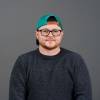7 Tips for Clinical Staff to Make Healthcare Safer
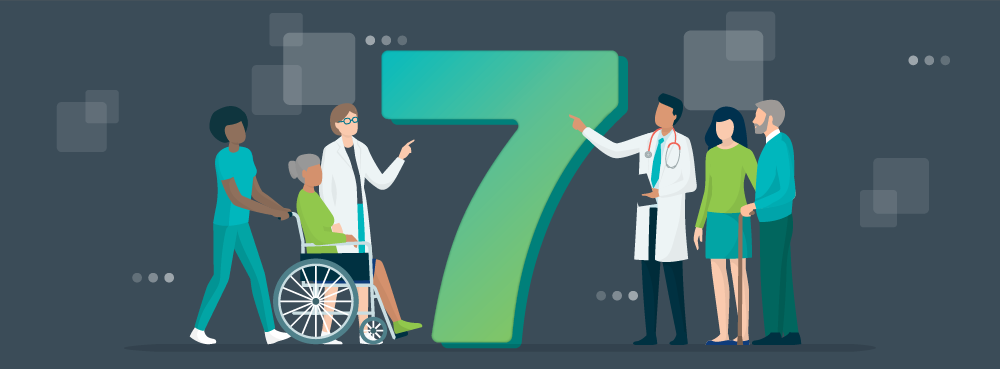
Ensuring patient safety is a collective responsibility that clinical staff shoulder every single day in the healthcare environment – but how can you make that easier?
From establishing effective communication strategies and double-checking critical tasks to opting for safety-engineered devices – let’s delve into some actionable insights that you can start using today to make healthcare safer.
No time to read? No problem, we’ve summarised the key points for you in our blog summary.
TOPICS WE WILL COVER:
1 / Ensure effective communication.
2 / Check and recheck critical tasks.
3 / Understand clinical waste.
4 / Adhere to infection control measures.
5 / Establish continuous training.
6 / Opt for safety-engineered devices.
7 / Never forget hand hygiene.
8 / Would you like more tips for making healthcare safer?
Ensure Effective Communication
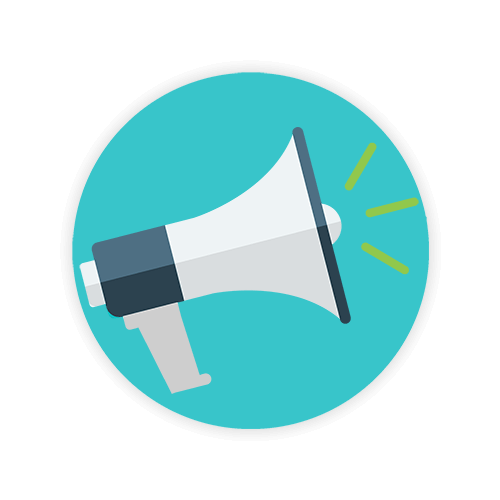
How would you rate your workplace communication out of 10?
Open and clear communication ensures that information is shared promptly – reducing misunderstandings and errors. It’s also crucial for teamwork and keeping everyone on the same page regarding patient care plans and vital information.
Effective communication can be implemented by encouraging regular team check-ins and creating a culture where staff feel safe to speak up and raise questions and concerns without hesitation.
Outcome: Enhanced teamwork, reduced misunderstandings and improved coordination in providing patient care.
Check and Recheck Critical Tasks
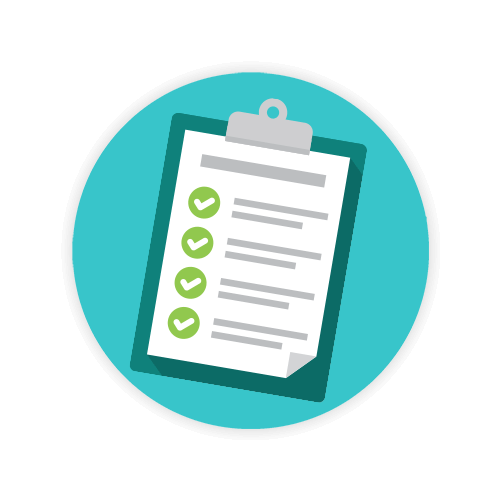
Have you ever been certain something was right, until suddenly it wasn’t?
Human errors can and do occur, especially in high-stakes tasks like administering medication – implementing a double-check system for critical tasks adds an additional layer of safety.
You can make this work by designating two healthcare professionals to take a systematic approach to independently verify critical information before proceeding with tasks like medication administration or patient identification.
Outcome: Reduced risk of errors, increased patient safety, and improved accuracy in healthcare tasks.
Understand Clinical Waste
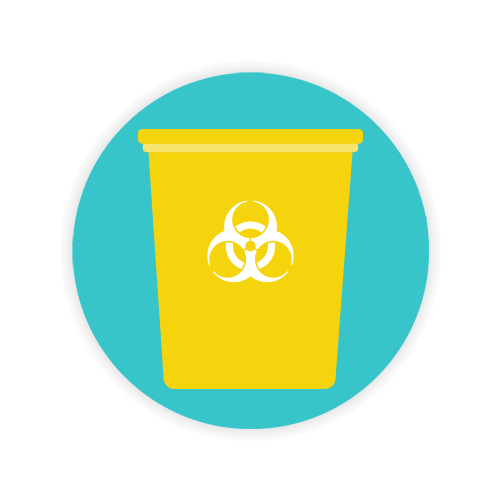
How many types of clinical waste can you list?
Clinical waste holds the potential for hazards and therefore recognising the significance of proper waste management is paramount in ensuring the safety of healthcare workers, patients, and the community.
Consultancy, training, educational materials, and the provision of clear guidelines empower you to identify, segregate, and dispose of clinical waste appropriately to contribute to a safer healthcare setting.
Outcome: Minimised environmental impact, reduced occupational health risks, and compliance with waste management regulations.
Adhere to Infection Control Measures
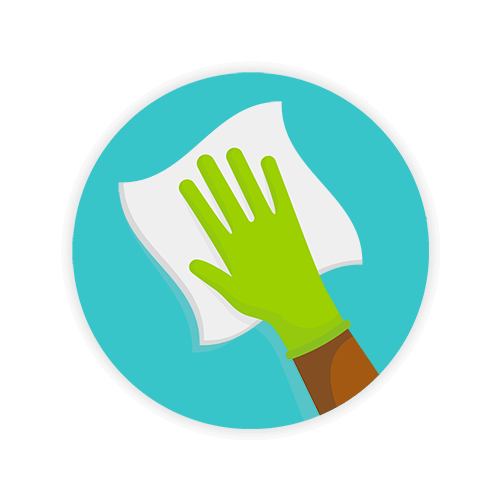
Can you name every link in the chain of infection off the top of your head?
Infections can spread easily in healthcare settings so strict adherence to infection control measures such as isolation protocols and the proper use of personal protective equipment (PPE) is vital for preventing outbreaks.
By improving your understanding of infection control principles, maintaining a clean environment and enforcing infection control practices, you can keep both patients and colleagues safer.
Outcome: Reduced healthcare-associated infections, improved patient safety, and a healthier, more hygienic work environment.
Establish Continuous Training

Would you consider yourself to be up-to-date with regulations and best practices?
Healthcare is a dynamic and evolving field and keeping up-to-date on the latest advancements, best practices, and regulatory standards is essential for providing high-quality care safely and effectively.
Consultancy, conferences, workshops, and online courses offer valuable opportunities for continuous learning and can help you invest in self-growth that improves patient care.
Outcome: Improved knowledge and skills, enhanced patient care, and better adaptation to evolving healthcare practices.
Opt for Safety-Engineered Devices

Do you feel safe using the equipment and devices you have available?
Needlestick injuries pose a significant risk to healthcare workers which can be minimised through the introduction of safety-engineered devices such as ISO-compliant reusable sharps containers and needleless systems.
The hierarchy of controls highlights safety-engineered devices as one of the most effective sharps safety measures. Introducing such devices and providing proper training on their usage not only drastically improves safety but also ensures compliance with safety standards.
Outcome: Reduced needlestick injuries, improved patient and healthcare worker safety, and compliance with safety standards.
Never Forget Hand Hygiene
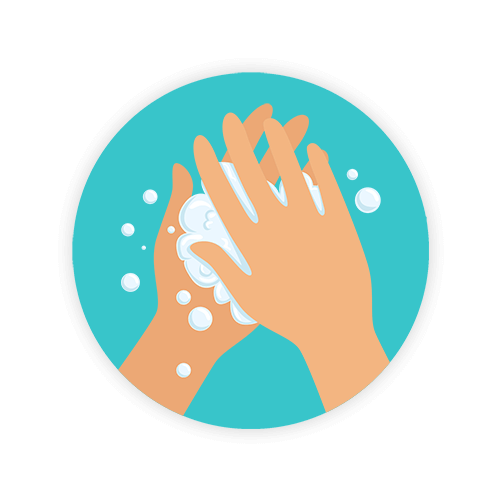
When did you last wash your hands?
Hands are a common vehicle for the transmission of infections and this little fact makes hand hygiene a simple yet effective measure to prevent the spread of pathogens.
The importance of hand hygiene should always be emphasised with regular handwashing consistently promoted. It’s also best practice to ensure that hand sanitisers and soaps are topped up and to have plenty of educational materials and signage to serve as reminders.
Outcome: Lower rates of healthcare-associated infections, improved patient safety, and a healthier healthcare environment.
Would You Like More Tips for Making Healthcare Safer?
Join our Network for Healthcare Heroes to receive more tips delivered straight to your inbox, once per month.
Some of the benefits of joining our Network for Healthcare Heroes include:
- Helpful tips and reminders for managing healthcare waste safely and efficiently.
- Free educational materials and resources.
- Case studies on how our partners have turned challenges into opportunities.
- Up-to-date advice and information regarding compliance and legislation.
- Guidance and resources to help you make healthcare safer.
Blog Summary
The seven tips outlined in this blog and their outcomes for making healthcare safer are:
- Ensure effective communication
Enhanced teamwork, reduced misunderstandings and improved coordination in providing patient care.
- Check and recheck critical tasks
Reduced risk of errors, increased patient safety, and improved accuracy in healthcare tasks.
- Understand clinical waste
Minimised environmental impact, reduced occupational health risks, and compliance with waste management regulations.
- Adhere to infection control measures
Reduced healthcare-associated infections, improved patient safety, and a healthier, more hygienic work environment.
- Establish continuous training
Improved knowledge and skills, enhanced patient care, and better adaptation to evolving healthcare practices.
- Opt for safety-engineered devices
Reduced needlestick injuries, improved patient and healthcare worker safety, and compliance with safety standards.
- Never forget hand hygiene
Lower rates of healthcare-associated infections, improved patient safety, and a healthier healthcare environment.
Fancy seeing these in more depth? Click here to head back to the top.

